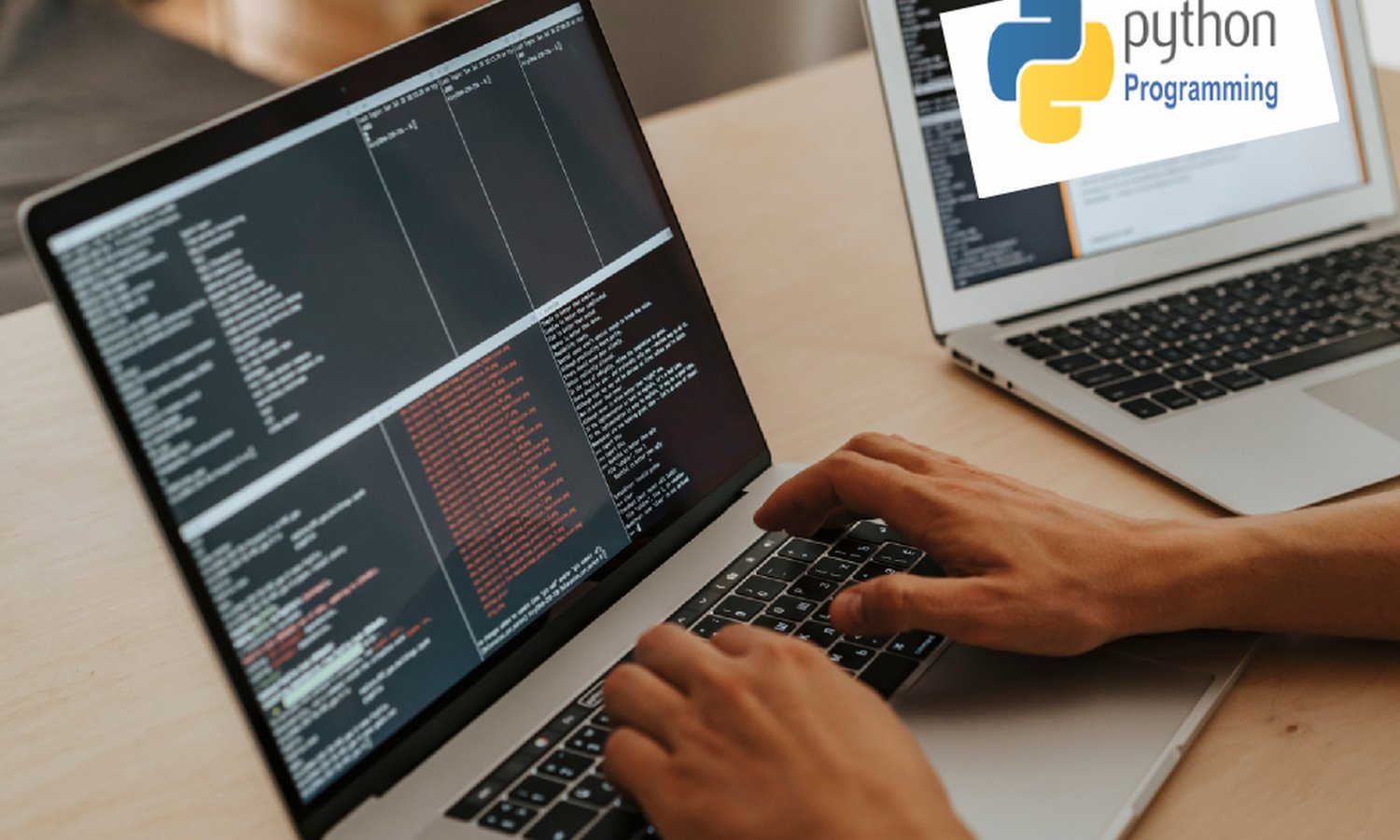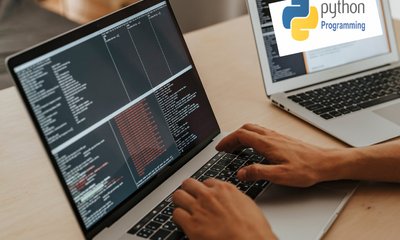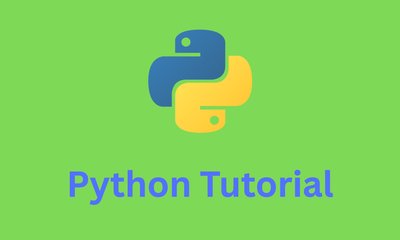Pythonプログラミング基礎:初心者ガイド
By JoeVu, at: 2023年5月15日18:32
Estimated Reading Time: __READING_TIME__ minutes


Pythonプログラミングを学ぶ最良の方法は?
Pythonは、Web開発、データサイエンス、機械学習など、さまざまな分野で使用されている人気の高いプログラミング言語です。Pythonを学習することに興味があるなら、いくつかの方法があります。Pythonプログラミングを学ぶ最良の方法に関するいくつかの提案を以下に示します。
- 基本から始める:Pythonプログラミングの基礎を学ぶことが重要です。これには、構文、データ型、変数、演算子、および制御構造の理解が含まれます。これらのトピックを詳細に説明するチュートリアル、ビデオ、書籍など、オンラインで利用できる多くのリソースがあります。
- コーディングの練習:ことわざにあるように、練習は完璧を生むのです。Pythonでコーディングを練習すればするほど、その言語に慣れてきます。問題を解決したり、タスクを自動化するために、小さなプログラムやスクリプトを書いてみてください。コーディングの課題や演習は、スキル向上にも役立ちます。
- ブートキャンプに参加する:より体系的な学習方法を好む場合は、Pythonブートキャンプに参加するのが良い選択肢です。ブートキャンプでは、実践的なトレーニング、メンターシップ、および学習者のコミュニティを提供します。短期間で初心者から上級レベルまで学習できるように設計されています。
- オンラインコミュニティに参加する:フォーラム、ソーシャルメディアグループ、コーディングコミュニティなどのオンラインコミュニティに参加すると、Pythonの学習に役立ちます。助けを求めたり、自分の作品を共有したり、コミュニティ内の他の人から学んだりすることができます。
- Pythonの開発者から学ぶ:Pythonの開発者であるGuido van Rossumは、高度なPythonプログラミングのトピックに関するいくつかの書籍を執筆しています。これらの書籍は、スキルを次のレベルに引き上げたいと考えている人にとって優れたリソースです。高度なデータ構造、アルゴリズム、およびオブジェクト指向プログラミングなどのトピックについて説明しています。ただし、これらの書籍は中級者から上級者向けのものです。
Pythonの学習は、困難ですがやりがいのある経験になる可能性があります。適切なリソースとアプローチがあれば、言語の基本を習得し、機械学習やWeb開発などの高度なトピックの専門家になることさえできます。自宅で学習するか、ブートキャンプに参加するか、オンラインコミュニティに参加するのかを選択するかにかかわらず、コーディングの練習を行い、適切なインデントやコメントなどの良い習慣を身につけることを忘れないでください。楽しいコーディングを!
Pythonを使用することのメリットは何ですか?
Pythonは、データサイエンス、Web開発、機械学習など、さまざまな分野で幅広い用途を持つ非常に人気のあるプログラミング言語です。Pythonを使用することのメリットをいくつか紹介します。
- 学習と使用が容易:Pythonはシンプルで分かりやすい構文を持つため、初心者でも学習して使用しやすいです。そのため、プログラミング初心者にとって理想的な言語となっています。
- 汎用性が高い:Pythonは、Web開発、データ分析、機械学習、科学計算など、幅広い用途に使用できます。その柔軟性により、開発者は複雑なアルゴリズムやワークフローを作成して実装できます。
- 大規模なコミュニティ:Pythonには、その開発に絶えず貢献している大規模で活発な開発者コミュニティがあります。つまり、コーディングプロジェクトで助けが必要な開発者にとって、多くのサポートが利用可能です。
- 機械学習とデータサイエンス:Pythonは、データサイエンスと機械学習の分野で広く使用されています。開発者が複雑なモデルを構築し、大規模なデータセットを分析するのに役立つ多くのライブラリとツールがあります。
- インデント:Pythonでのインデントの使用は、優れたコーディング手法を促進し、コードをより読みやすく、理解しやすくします。
- Guido van Rossum:Pythonは、プログラミングの世界で尊敬され、広く知られている人物であるGuido van Rossumによって作成されました。彼の専門知識とビジョンは、この言語を今日の形に形成するのに役立っています。
全体として、Pythonは、幅広いアプリケーションとメリットを持つ強力で汎用性の高い言語です。
Pythonの人気のあるライブラリとフレームワークにはどのようなものがありますか?
Pythonは世界で最も人気のあるプログラミング言語の1つであり、使用可能なライブラリとフレームワークが豊富にあります。これらのツールは、Web開発から機械学習やデータサイエンスまで、より高度なアプリケーションの作成に役立ちます。
Pythonで最も人気のあるライブラリとフレームワークをいくつか紹介します。
- NumPy:このライブラリは、科学計算に使用され、大規模な多次元配列と行列のサポートを提供します。
- Pandas:Pandasは、データ操作と分析に使用されるライブラリであり、データフレームとデータシリーズのサポートが含まれています。
- Django:Djangoは、複雑なWebアプリケーションの構築によく使用されるWebフレームワークです。ユーザー認証、テンプレート、URLルーティングのサポートが含まれています。
- Flask:Flaskは、軽量で使いやすいマイクロWebフレームワークです。小さなWebアプリケーションやAPIの構築によく使用されます。
- Tensorflow:Tensorflowは、ディープラーニングアプリケーションによく使用される機械学習ライブラリです。ニューラルネットワークのトレーニングと展開のサポートが含まれています。
- Scikit-learn:Scikit-learnは、分類や回帰など、より従来的な機械学習アプリケーションによく使用される機械学習ライブラリです。
- Matplotlib:Matplotlibは、チャート、グラフ、その他の視覚化を作成するために使用されるデータ視覚化ライブラリです。
- Tornado:Tornadoフレームワークは、Python向けの強力でスケーラブルなWebフレームワークです。高性能な非ブロッキングI/Oモデルで知られており、多数の同時接続を処理するのに最適です。Tornadoは、リアルタイムWebアプリケーション、API、およびWebサービスの構築によく使用されます。
これらは、Pythonで使用可能な多くのライブラリとフレームワークのほんの一部です。専門レベルと構築しているアプリケーションの種類によっては、他のツールを見つけることができるでしょう。
Pythonプログラムのデバッグ方法は?
Pythonプログラムのデバッグは、コード内のエラーを特定して解決するのに役立つため、開発プロセスにおける重要なステップです。Pythonプログラムをデバッグするいくつかの方法を次に示します。
- print文:Pythonプログラムをデバッグする最も簡単な方法は、print文を使用することです。コードのさまざまな箇所にprint文を挿入して、変数の値を確認し、コードのどの部分が実行されているかを確認できます。
- デバッガ:Pythonには、pdbと呼ばれる組み込みのデバッガモジュールがあります。このモジュールを使用すると、コードにブレークポイントを設定し、1行ずつステップ実行して、各ステップで変数と式を検査できます。
- IDE:PyCharm、Visual Studio Code、Eclipseなどの統合開発環境(IDE)には、Pythonプログラムを簡単にデバッグできるデバッグツールが組み込まれています。
- ロギング:Pythonプログラムをデバッグする別の方法は、ロギングを使用することです。コードのさまざまな箇所にログ文を挿入して、重要なイベントと情報をログに記録できます。これにより、エラーの特定に役立ちます。
- インデント:Pythonは、コードブロックを定義するためにインデントに大きく依存しています。Pythonプログラムのエラーの一般的な原因は、インデントが間違っていることです。インデントを再確認すると、そのようなエラーの特定と解決に役立ちます。
Tag list:
- Python
- Web Developement
- Machine Learning
- Programming
- Python Programming Tutorial
- Python For Beginners
- Language
- Bootcamp





